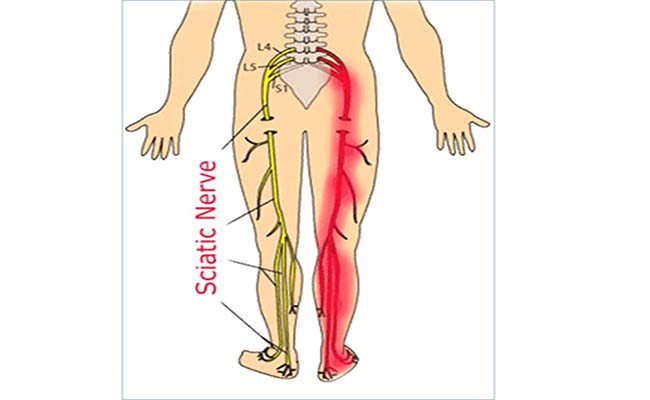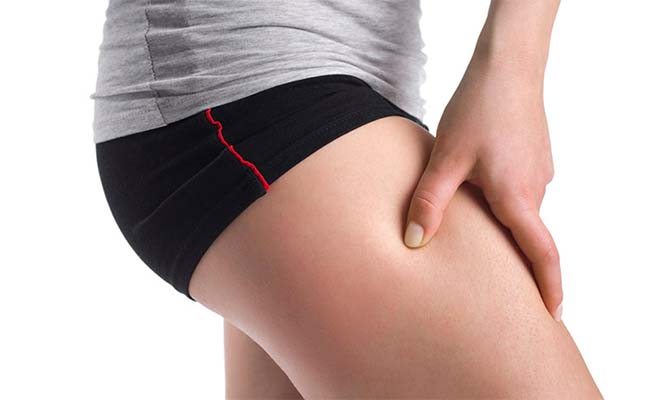Next to stress, infertility and back pain, sciatic issues are one of the more common complaints we see in the clinic. In this post, we’ll learn a little anatomy and physiology so we can better understand why the sciatic nerve can get irritated, and what we can do to calm it down.
Our Acupuncture Clinic Brisbane Sciatica Pain Case Study
Rebecca began experiencing hip problems in her early teens, and this pain has continued into her early twenties. Her symptoms include reduced mobility in her leg, the inability to sit for a long period of time without experiencing pain and discomfort, difficultly exercising and physical activity, experiences ongoing pain and stiffness in lower back and left hip and leg. Rebecca is a very active person and is feeling upset about the limitations her pain places on her ability for an active healthy lifestyle. For more information on how AcuNatural Health Acupuncture Brisbane was able to assist Amanda, click here.
What is Sciatica Pain?
The main nerve in our legs is called the sciatic nerve. It is formed from several nerves leading from the lower back that travels through the buttock and down each leg. When the sciatic nerve is inflamed, pain/numbness/weakness is felt in the buttock and upper thigh. In severe cases it can travel all the way down to the feet, where the pain is felt down the back of the leg or the outside of the leg depending on which part of the sciatic nerve is inflamed. The pain may be constant or it may be a sudden pinching sensation.

What are the symptoms of Sciatica Pain?
Symptoms of Sciatica include lower leg sensation abnormalities and muscle weakness. Skin over, behind and outer side of leg (can be front as well) may have numbness, pins and needles, abnormal hot & cold sensation, stretching pain. Muscle may become weak and atrophy. Some even complaint they can’t lift up feet to clear from floor, and this is so-called “Drop feet”.

What are the causes of Sciatica Pain?
Usually, no specific trauma can be blamed. An action as simple as bending over may bring on sciatic pain. Standing, lifting, sitting or straining may aggravate it. It occurs when something pushes on the sciatic nerve such as the spinal discs, a muscle spasm or sometimes even the spine itself. Most often this pain is due to muscle spasms or a slipped disc, but it can also be a sign of serious illness.
Spinal Disc herniation, often referred to as a slipped disc, is when a small portion of the spinal disc bulges out of the spinal column. This disc then pushes on the sciatic nerve causing pain. In some severe cases, spinal stenosis, or a narrowing of the spinal canal, can push on the nerve and cause pain. Another serious cause of sciatica is spinal tumors, which require immediate medical attention.
Muscle spasms are also a common cause of sciatica. Most often it is the piriformis muscle, but it can be other muscles in the lower back and pelvic region.
How can Acupuncture and Traditional Chinese Medicine help relieve Sciatica Pain?
Acupuncture for sciatica has been shown to significantly decrease the amount of pain that is experienced daily. Many acupuncture practices report a 90% success rate in relieving the pain of sciatica. Acupuncture treatment and the use Traditional Chinese Medicine to increase the support of the muscles around the sciatic nerve is the most effective at relieving pain over the long term.
The Chinese philosophy is to balance the energy flow in the leg and therefore relieve the pain. The acupuncture points used are mainly in the lower back and affected legs. The needles follow the path of the sciatic nerve and directly stimulate it.
Scientific research has shown the acupuncture is successful in treating back pain and sciatica through the following mechanisms:
Are there any side effects from treating Sciatica with Acupuncture?
No, acupuncture and Traditional Chinese Medicine for sciatica is very safe. Some patients may experience some drowsiness or slight bruising. It is also safe and very effective for pregnant woman with sciatica.
How many sessions of Acupuncture are needed to treat Sciatica?
This depends on the individual but usually 5-10 treatments are needed. Top up sessions thereafter help to prevent reoccurrence of the pain.
How should I approach Acupuncture and Traditional Chinese Medicine Treatments?
Approach Acupuncture and Traditional Chinese Medicine with an open mind and the knowledge that it has the power to open doors Western medicine may not be able to, by working with doctors to deliver the best treatment to you.
